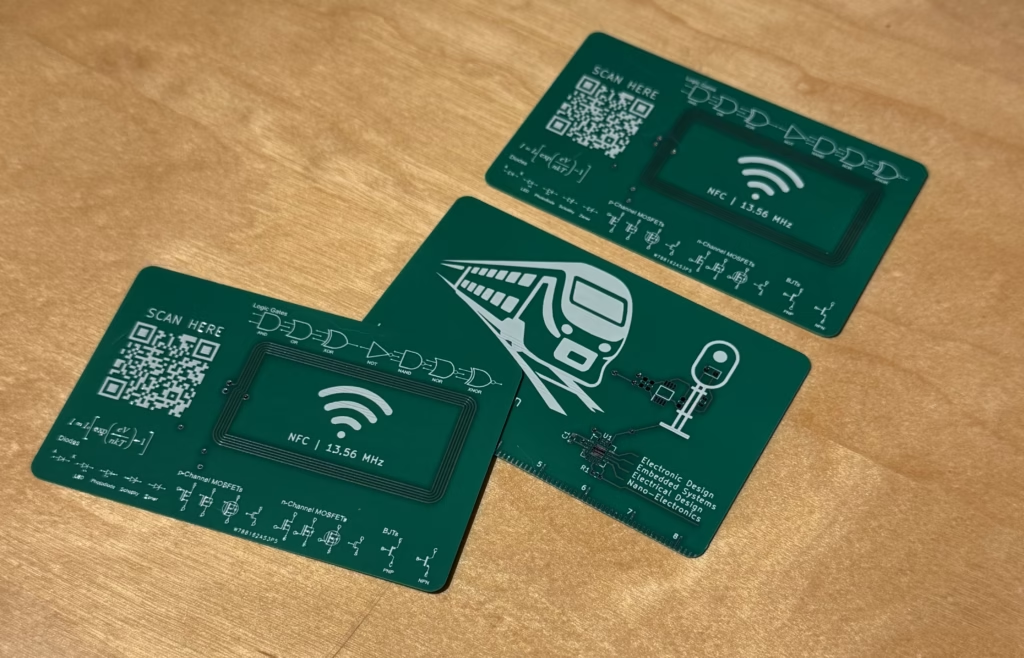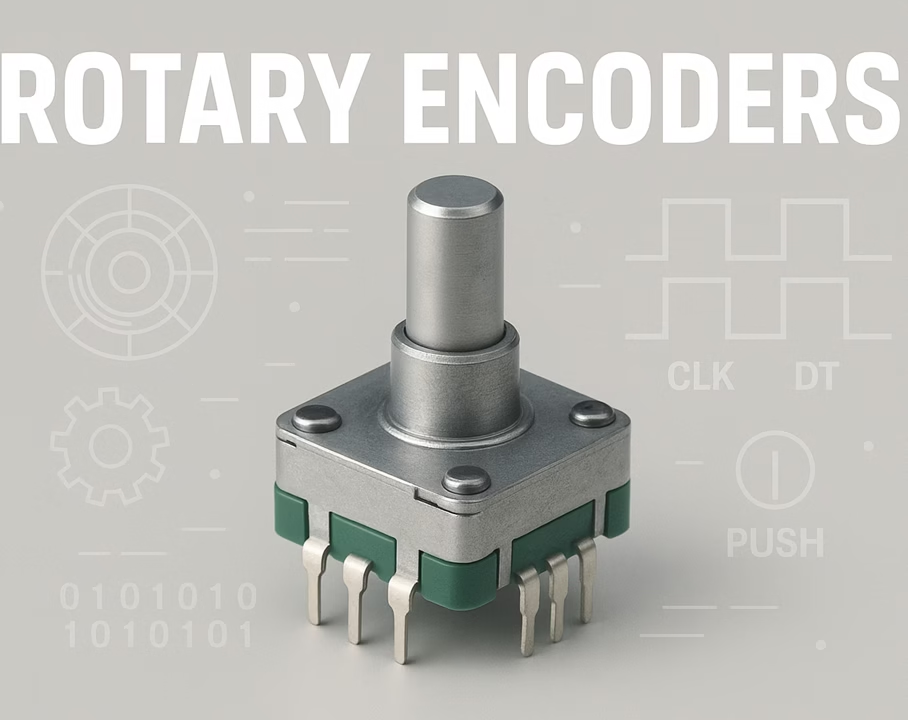 Daily tech news
Daily tech news
- Quantum crystals could spark the next tech revolutionAuburn scientists have designed new materials that manipulate free electrons to unlock groundbreaking applications. These “Surface Immobilized Electrides” could power future quantum computers or transform chemical manufacturing. Stable, tunable, and scalable, they represent a leap beyond traditional electrides. The work bridges theory and potential real-world use.
- Decades-old photosynthesis mystery finally solvedScientists from the Indian Institute of Science (IISc) and Caltech have finally solved a decades-old mystery about how photosynthesis really begins. They discovered why energy inside plants flows down only one of two possible routes — a design that lets nature move sunlight with astonishing precision. Using advanced computer simulations, the researchers showed that one […]
- A century-old piano mystery has just been solvedScientists confirmed that pianists can alter timbre through touch, using advanced sensors to capture micro-movements that shape sound perception. The discovery bridges art and science, promising applications in music education, neuroscience, and beyond.
- Princeton’s AI reveals what fusion sensors can’t seeA powerful new AI tool called Diag2Diag is revolutionizing fusion research by filling in missing plasma data with synthetic yet highly detailed information. Developed by Princeton scientists and international collaborators, this system uses sensor input to predict readings other diagnostics can’t capture, especially in the crucial plasma edge region where stability determines performance. By reducing […]
- Heisenberg said it was impossible. Scientists just proved otherwiseResearchers have reimagined Heisenberg’s uncertainty principle, engineering a trade-off that allows precise measurement of both position and momentum. Using quantum computing tools like grid states and trapped ions, they demonstrated sensing precision beyond classical limits. Such advances could revolutionize navigation, medicine, and physics, while underscoring the global collaboration driving quantum research.
- This new camera sees the invisible in 3D without lensesScientists have developed a lens-free mid-infrared camera using a modern twist on pinhole imaging. The system uses nonlinear crystals to convert infrared light into visible, allowing standard sensors to capture sharp, wide-range images without distortion. It can also create precise 3D reconstructions even in extremely low light. Though still experimental, the technology promises affordable, portable […]
Category
Creating a PCB business card with NFC and QR
Why settle for a plain business card when you can hand over a working PCB? This NFC-enabled design functions as both business card and technical...
Getting Started with Rotary Encoders
This rotary encoder guide explains how these devices translate shaft movement into digital signals. It covers encoder types, wiring, decoding, and debouncing techniques so you...
Analog layout design rules
Matching transistor layouts is crucial for minimizing electrical variations, especially in analog and mixed-signal circuits like differential amplifiers. Proper design ensures symmetry, precision, and low...
How to design an Operational Transconductance Amplifier (OTA)?
This article explains how to design an Operational Transconductance Amplifier (OTA) in Cadence, focusing on optimizing transistor dimensions. It covers hand calculations and the gm/ID...
Prerequisits
To make it easier, I assume you have a basic knowledge of the following:
- Basic circuitry knowledge; such as resistors, transistors, diodes, relays.
- Basic programming knowledge in C; understand what are functions, operators, data types, and more.
- Digital electronics, such as logic gates.
On some occasions I will explain it from scratch, but to understand everything, it is best to brush up on the basics so that you can follow the tutorials.
Required Software
For these tutorials we use Microchip’s own software package that includes:
- MPLAB X IDE
- XC8 Compiler
- PICKIT3 programmer/debugger
All the tools can be downloaded at the official website of Microchip Technology
Required Hardware
The full tutorial consists of many different types of electrical components, sensors and actuators. It depends completely on your own project what you need. However, in all cases you will need a Pickit3 tool to install the software and you need at least 1 PIC16F877A microcontroller to install it on.





